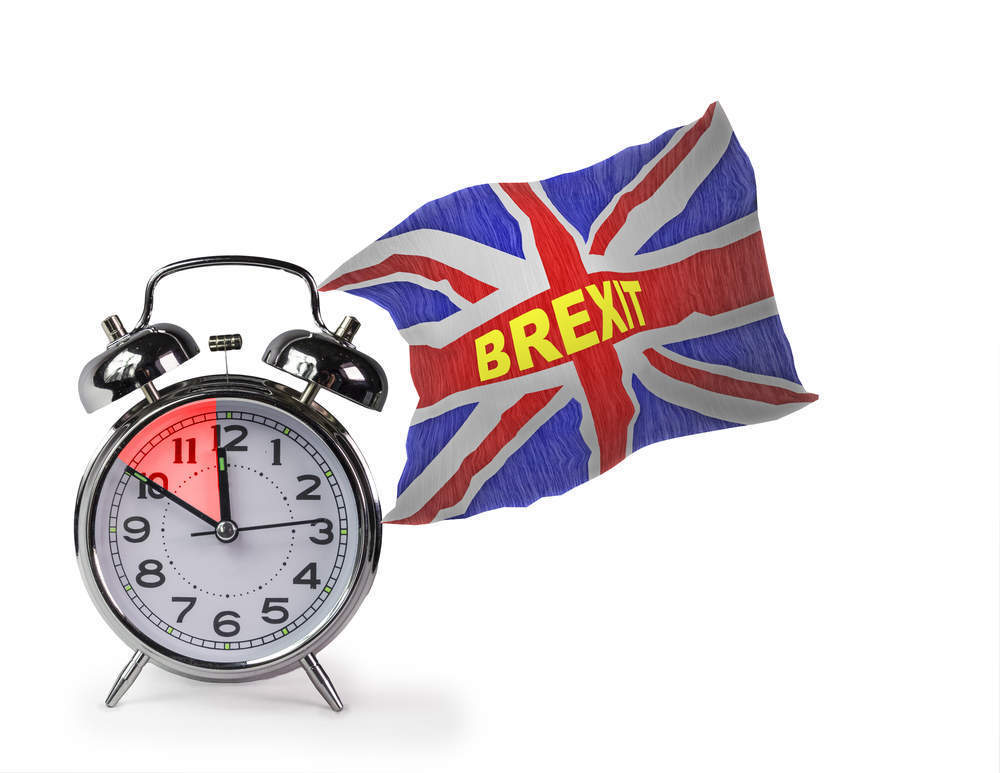
With article 50 triggered and general election campaigning gearing up to establish a mandate for the UK’s departure from the European Union, it’s easy to get caught up in the back and forth and not know when the Brexit date is.
So when is our actual Brexit date and what timeline do we need to keep in mind?
The referendum
The date that will undoubtedly go into the history books is Thursday 23 June, 2016, when the UK voted by 51.9 percent to 48.1 percent that the nation should leave the European Union.
This initial Brexit date, in which 71.8 percent of the electorate turned out for a referendum on the future direction of the UK, saw the constituent countries split down the middle.
While England backed the Leave campaign 53.4 percent to 46.6 percent, with Wales falling in line to support leave 52.5 percent to 47.5 percent, Scotland and Northern Ireland both favoured the Remain campaign.
In Scotland, Remain was backed 62 percent to 38 percent while Northern Ireland saw tighter results with 55.8 percent going to Remain and 44.2 percent to Leave.
How well do you really know your competitors?
Access the most comprehensive Company Profiles on the market, powered by GlobalData. Save hours of research. Gain competitive edge.

Thank you!
Your download email will arrive shortly
Not ready to buy yet? Download a free sample
We are confident about the unique quality of our Company Profiles. However, we want you to make the most beneficial decision for your business, so we offer a free sample that you can download by submitting the below form
By GlobalDataThe referendum saw prime minister David Cameron step down to be replaced by then home secretary Theresa May.
Though both had supported the Remain campaign, May had played a much lesser role and after assuming power without facing a full leadership contest, she has now come strongly in favour of “Brexit means Brexit”.
The new prime minister triggered Article 50 on 29 March.
The negotiations
The triggering of Article 50, the two year process in which a country leaves the European Union, is the second big Brexit date as it officially confirmed that the government was withdrawing the UK.
When triggering the process, prime minister May set out her negotiating talks in a letter to EU council president Donald Tusk.
On the 29 April, the remaining 27 European countries met to discuss the withdrawal and to begin to draw up their negotiating position.
The UK and EU now have two years in which to work out the deal and unpick 43 years of treaties and agreements covering thousands of varying subjects.
Perhaps most importantly however, the various nations involved must negotiate a trade deal between the UK and EU for once Brexit is complete.
This is likely to be the most difficult part to nail down to satisfaction of both sides as and such deal needs the unanimous approval of more than 30 national and regional parliaments across Europe, any of whom could wish to hold a referendum on the matter.
If a deal is not come to within the two years, it is possible to get an extension provided that all EU nations agree. However, Theresa May has said it would be better for Britain to leave with no deal rather than one found unfavourable to the nation.
The exit
The final Brexit date, provided there is no extension of negotiations, is Friday, 29 March 2019.
Before then, much of Brexit will be decided by whichever party wins the upcoming general election, with that party’s mandate setting the tone for what will be sought and offered in negotiations with the EU.
Until the full exit, EU law will still stand in the UK and the UK will be obliged to continue to abide by EU treaties and laws, though it will have no part in any decision making within the Union.
After exit, the party in control will ultimately decide how much of these laws are held onto.
The Conservatives will enact a Great Repeal Bill, incorporating all EU legislation into UK law in one lump, after which the government will decide over a period of time which parts to keep, change or remove.
Labour on the other hand will replace the Great Repeal Bill with an EU Rights and Protections Bill, copying all EU law into UK law but making sure it cannot be changed or scrapped.







